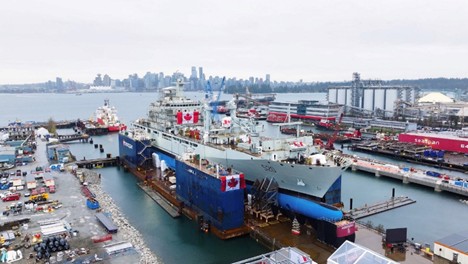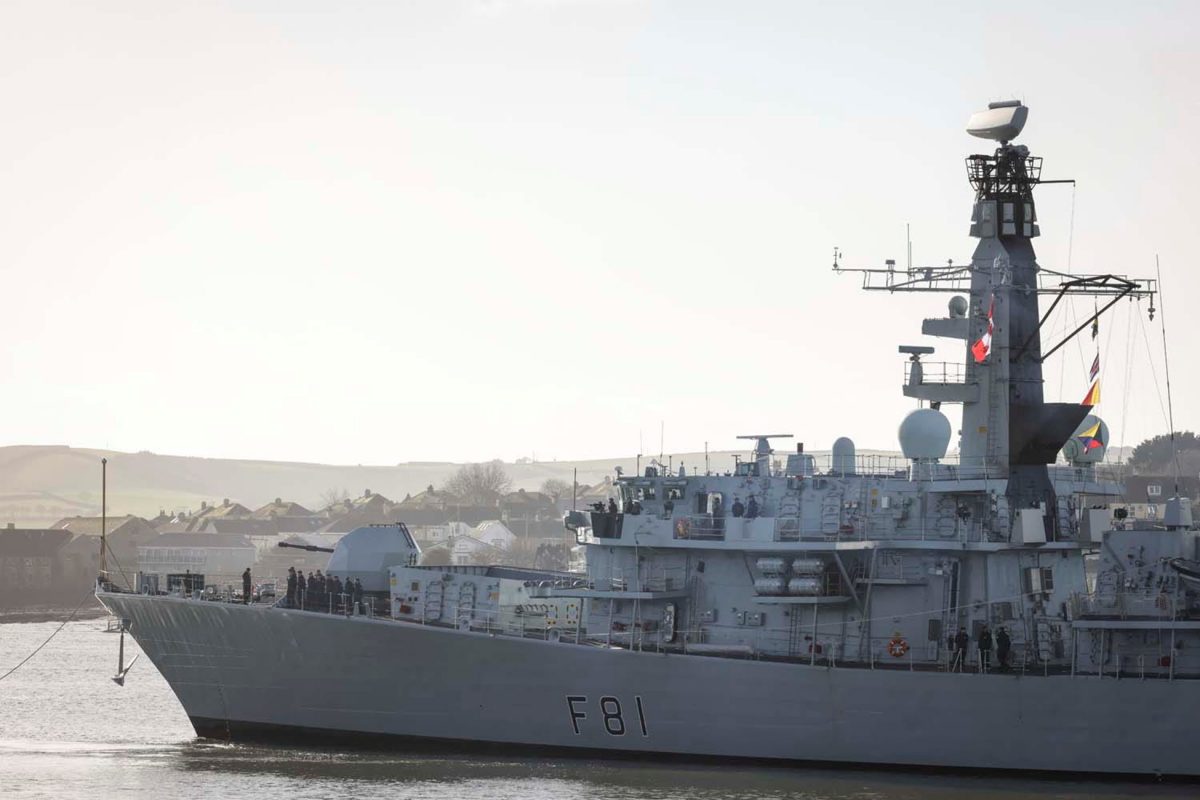Part 2 of Allies Negligent in Defense
According to Lt.-Gen. (retd) Michael Maisonneuve, writing in Canada’s National Post “Canada’s military is short 16,000 troops, its branches are operating below readiness thresholds half the time, and its budget is being cut as wars erupt worldwide…the Canadian Armed Forces are broken down…First, personnel. Units are established with a structure that enables efficient operation and success. A unit that loses 15 per cent of its personnel is deemed officially combat ineffective in wartime. Our CAF — regular and reserve — count some 100,000 positions. Currently there are reports of 16,000 positions unfilled. So, on average, you could say that, missing 16 per cent of its personnel, our Forces are combat ineffective.”
The crisis was echoed by a Heritage analysis first published in the National Interest: “The Canadian government is one of the few NATO allies that fails to meet the 2 percent defense expenditure threshold. Canada is more than capable of meeting its obligations and has done so before…Canada’s continued underinvestment leaves its NATO obligations unmet and weakens the overall defense of the alliance as a whole and the North American continent… Canada isn’t a small country, nor is it a poor one. It’s perfectly capable of meeting its treaty obligations. Yet it spends a mere 1.37 percent of its GDP on defense, or roughly $30.5 billion a year. Despite having the sixth largest GDP among NATO countries, Canada ranks twenty-seventh in defense spending as a proportion of GDP. For comparison, the United States is the third-highest NATO member ranked in percentage of GDP (3.38 percent), behind only Poland and Estonia… The need to spend more on defense is particularly salient for Canada, as threats to NATO don’t only come from Eastern Europe. Canada also needs to take Arctic and North American security far more seriously as the Arctic emerges as a critical area of concern, rich in untapped resources and new navigation routes that are attracting attention from our adversaries.”
The Hub, a not-for-profit digital news outlet committed to independent analysis and spirited debate about Canada’s past, present and future reports that “The current state of Canada’s military and defence spending has been the subject of international criticism and a source of growing isolation from key allies. In a world of evolving geopolitical tensions and new and emerging threats, Canada’s underinvestment in national defence represents a major vulnerability… How does Canada compare to the rest of the NATO membership on defence spending relative to the size of their economies? …quite poorly. Out of 30 NATO members for which there is data (Iceland and Sweden are not included in the NATO spending figures), Canada ranks the fourth lowest in terms of defence spending relative to the size of its economy, only ahead of Spain, Belgium, and Luxembourg.”
The authoritative military website Warontherocks reported in 2024 that “Canada’s military is in a “death spiral.” This is how Minister of National Defense Bill Blair described the state of Canada’s armed forces … Blair’s comments referenced the military’s dire recruitment and retention crisis. The Canadian Armed Forces are short 16,000 people — …While the Canadian government has signed several high-profile contractsf or new equipment such as F-35s, Predator drones, and P-8A Poseidons, at this rate, there may not be anybody to use these capabilities when they come online…Canada’s ability to meaningfully contribute to major allied operations is in doubt for the foreseeable future… To understand Canada’s current military crisis, it is important to recognize how little importance Canadians ascribe to defense. Although recent polls indicate that attitudes are changing, particularly among conservative-leaning voters, Canadians have rarely seen defense as a priority. Surrounded by three oceans and neighboring the world’s largest military power, Canadians have rarely thought that defense spending was a worthwhile investment, particularly when compared with popular social programs.”
Photo: On December 13, a launch and naming ceremony was hosted by Seaspan Shipyards in Vancouver, B.C., for the new Joint Support Ship (JSS), HMCS Protecteur. (Canada Defence Ministry photo)

